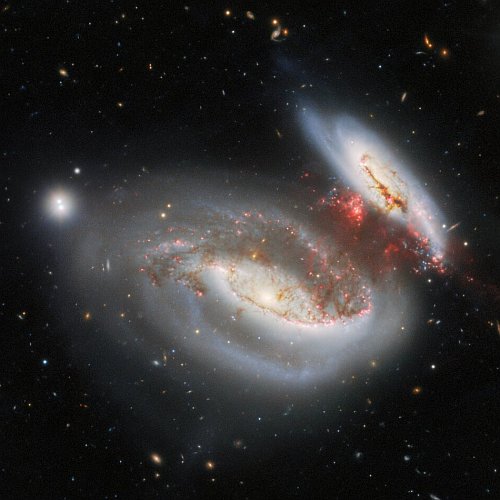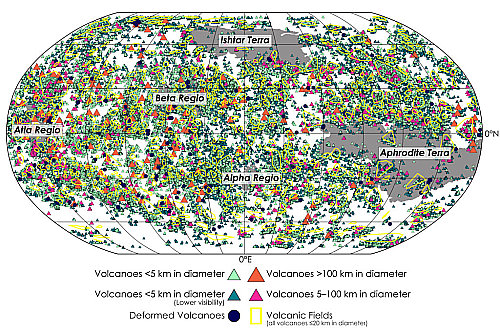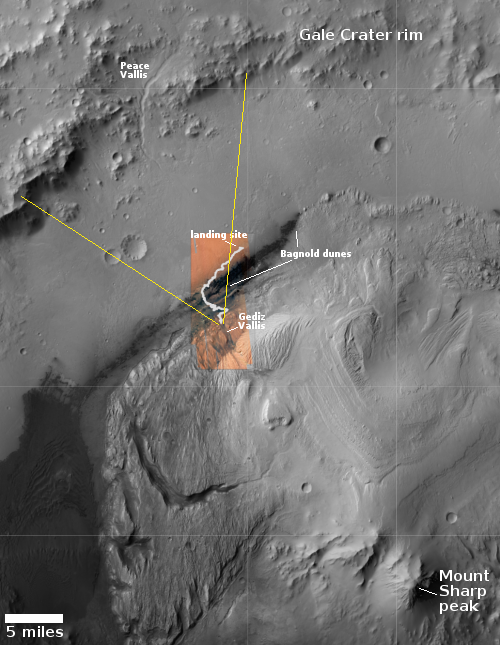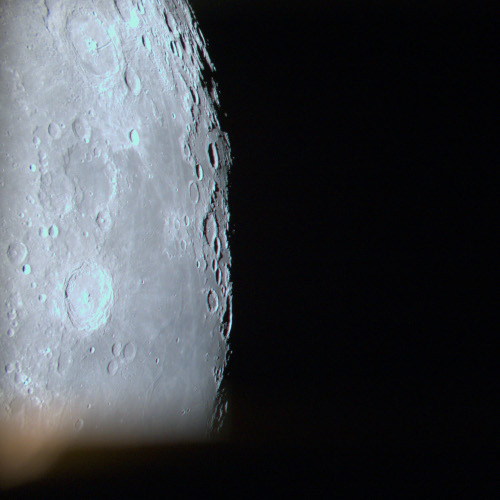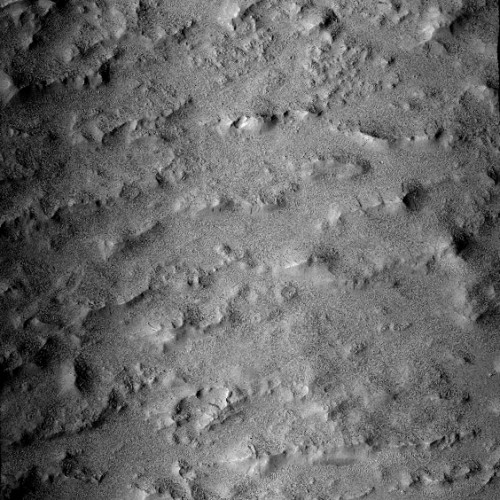Spain’s government officially establishes a Spanish space agency
Spain’s Council of Ministers has voted to officially established a Spanish space agency, with operations beginning on March 7, 2023 with an initial budget of $753 million.
This announcement comes only a month before the private Spanish company, PLD, attempts its first suborbital launch from a Spanish spaceport of its Miura-1 rocket, its first stage designed to come back to Earth by parachute, recovered, and then reused. If successful the company hopes to then develop an orbital version.
The news from Europe increasing suggests that the members of the European Space Agency (ESA) are beginning to go their own way, relying less upon it. In addition to these developments in Spain, Germany now has three private companies developing rockets while Italy’s government has provided $308 million to its own Italian rocket company Avio. The United Kingdom meanwhile has had its own space agency for several years, is building several spaceports, and has been trying to develop its own space industry, with very mixed results. In addition, both Norway and Sweden are building spaceports for commercial operations.
ESA, while mouthing support for commercial space, has so far not done well in the past decade in transitioning from a government run, built, and owned operation to one owned by commercial companies. Its new Ariane-6 rocket, built and controlled by ArianeGroup but heavily managed by ESA, is still too expensive to compete with the new commercial rockets from the U.S. Nor does it appear ESA is moving very fast to fix this situation. It appears many people in Europe have recognized this state of affairs, and are looking for alternatives.
Spain’s Council of Ministers has voted to officially established a Spanish space agency, with operations beginning on March 7, 2023 with an initial budget of $753 million.
This announcement comes only a month before the private Spanish company, PLD, attempts its first suborbital launch from a Spanish spaceport of its Miura-1 rocket, its first stage designed to come back to Earth by parachute, recovered, and then reused. If successful the company hopes to then develop an orbital version.
The news from Europe increasing suggests that the members of the European Space Agency (ESA) are beginning to go their own way, relying less upon it. In addition to these developments in Spain, Germany now has three private companies developing rockets while Italy’s government has provided $308 million to its own Italian rocket company Avio. The United Kingdom meanwhile has had its own space agency for several years, is building several spaceports, and has been trying to develop its own space industry, with very mixed results. In addition, both Norway and Sweden are building spaceports for commercial operations.
ESA, while mouthing support for commercial space, has so far not done well in the past decade in transitioning from a government run, built, and owned operation to one owned by commercial companies. Its new Ariane-6 rocket, built and controlled by ArianeGroup but heavily managed by ESA, is still too expensive to compete with the new commercial rockets from the U.S. Nor does it appear ESA is moving very fast to fix this situation. It appears many people in Europe have recognized this state of affairs, and are looking for alternatives.







